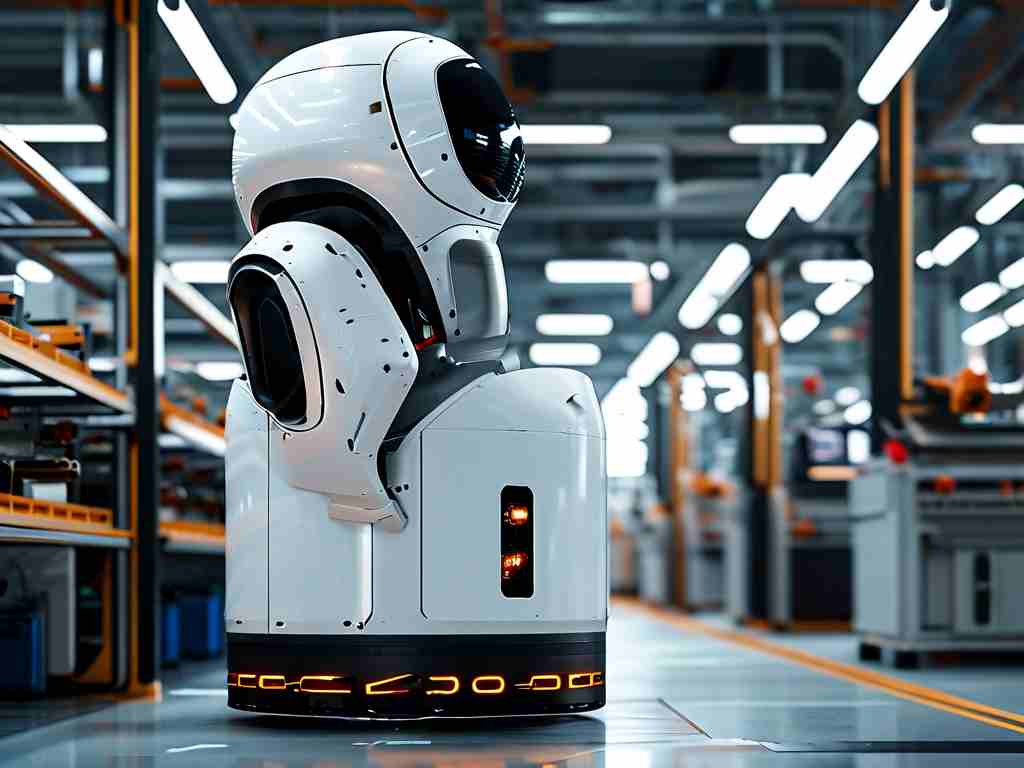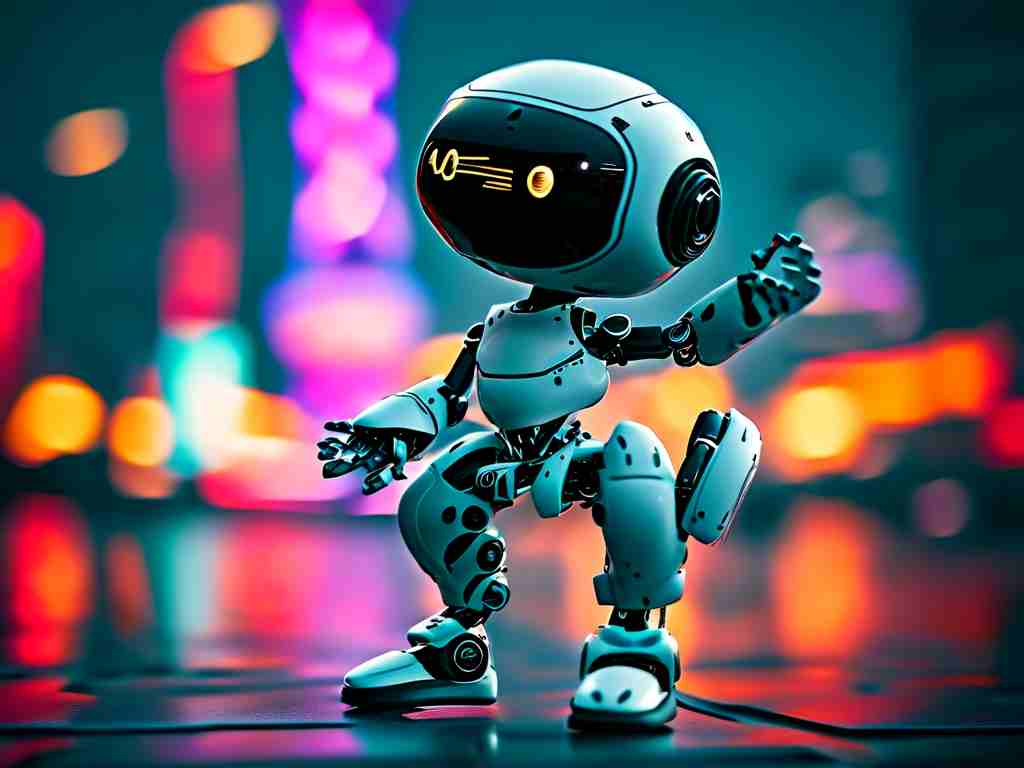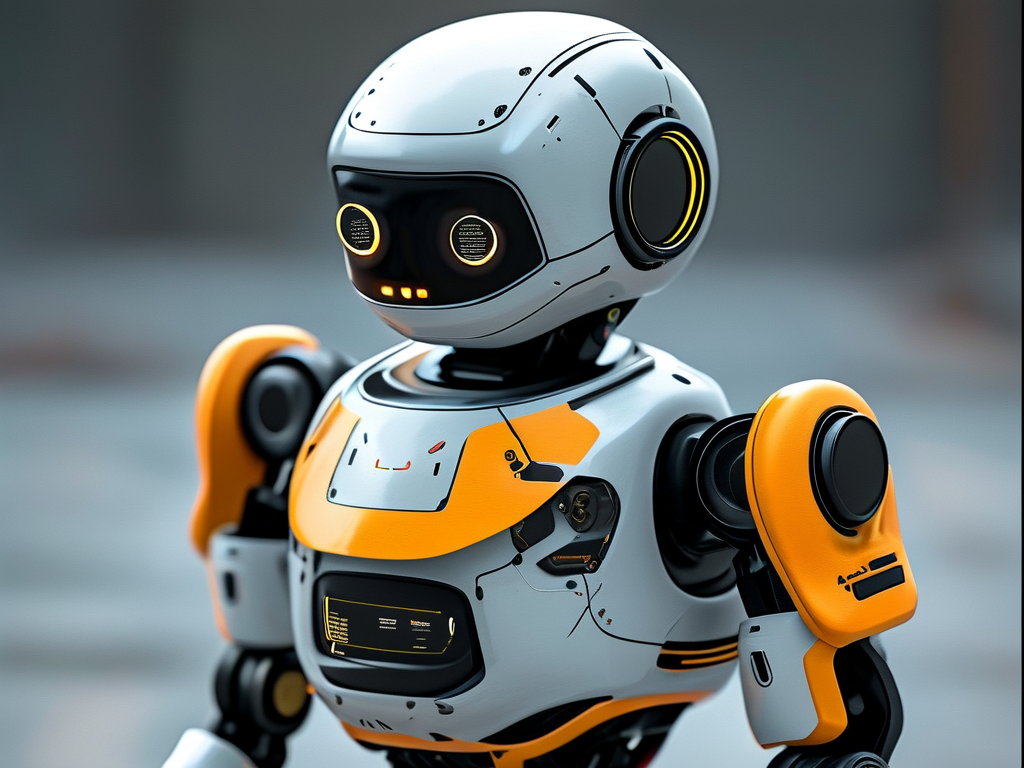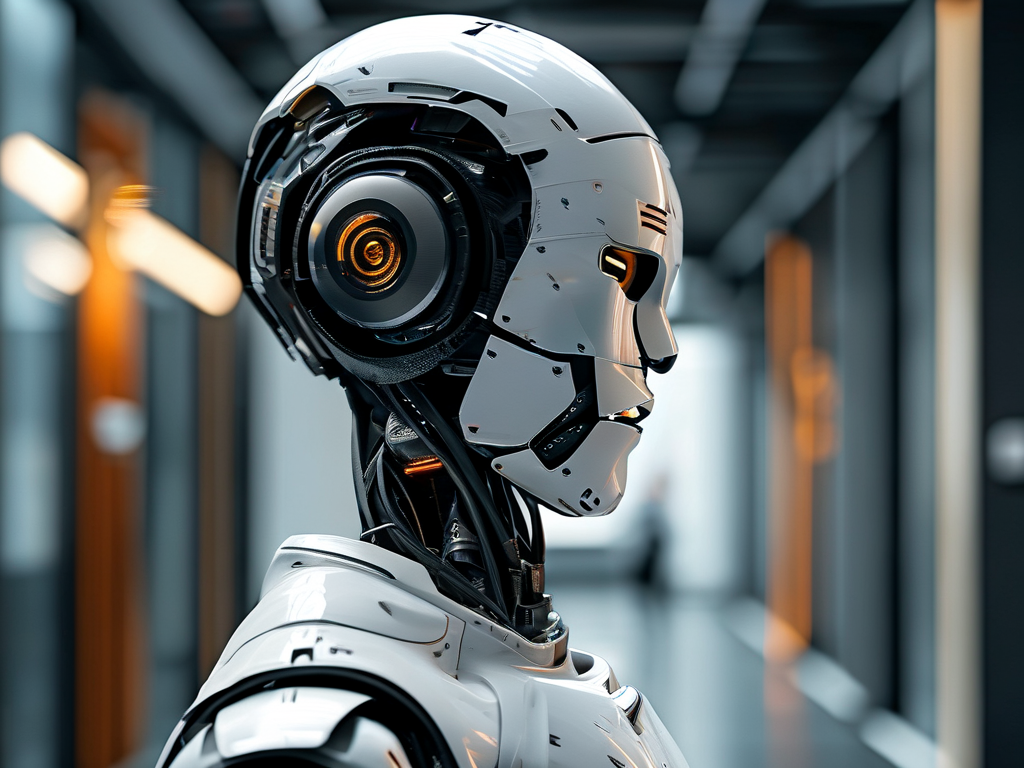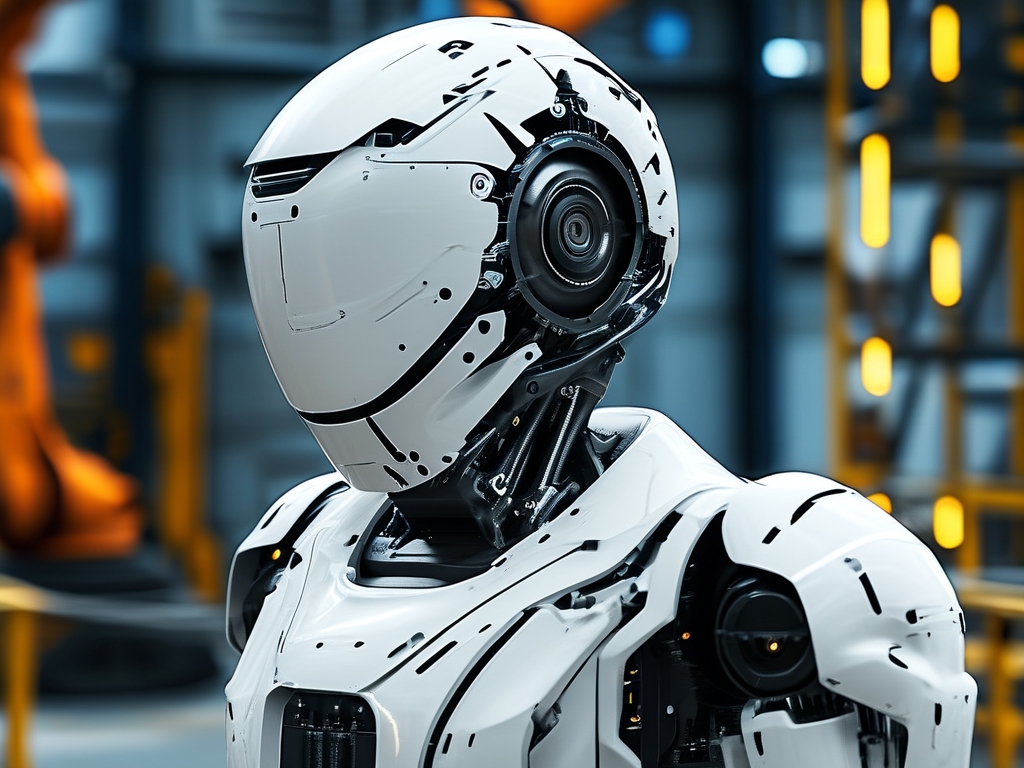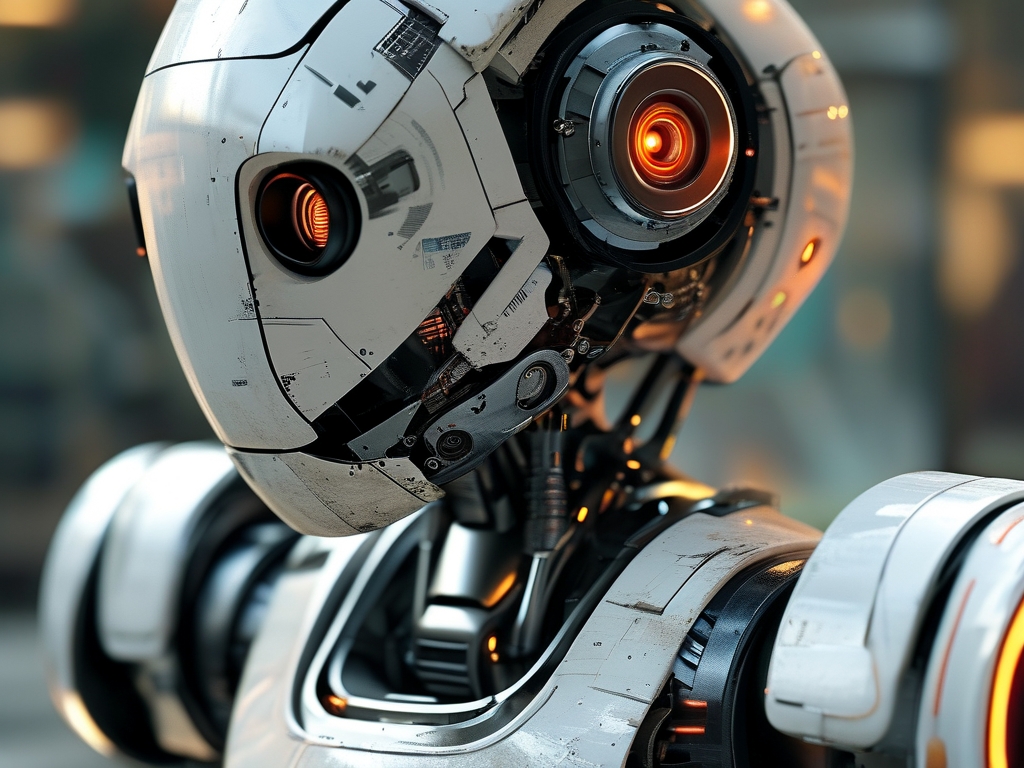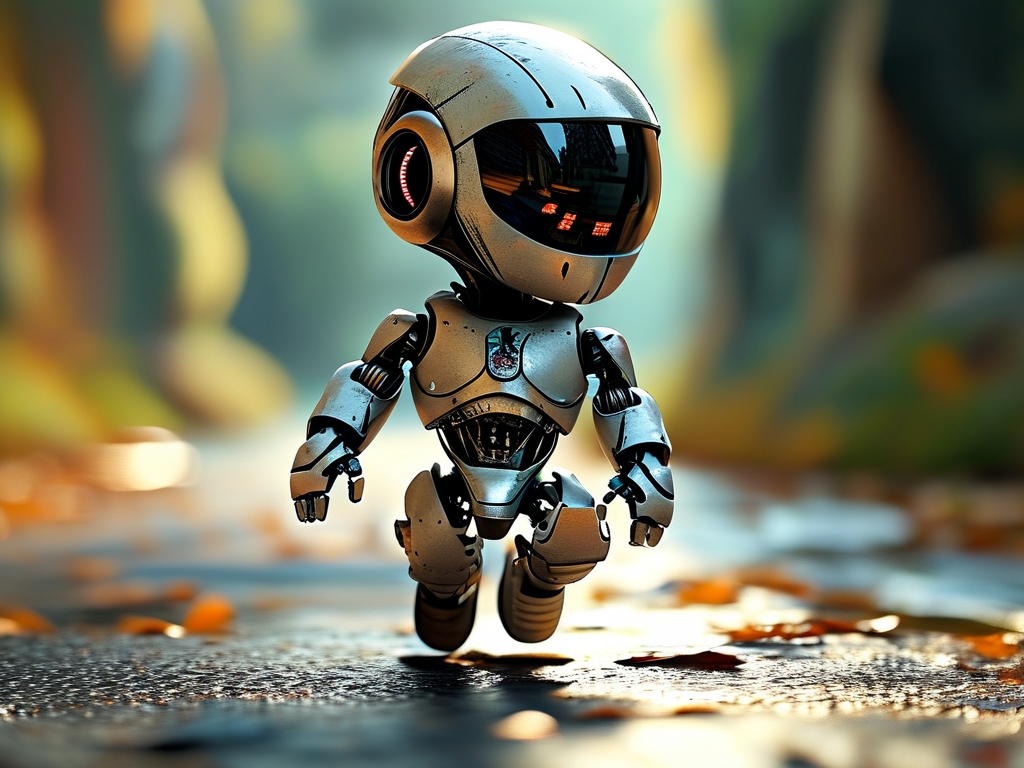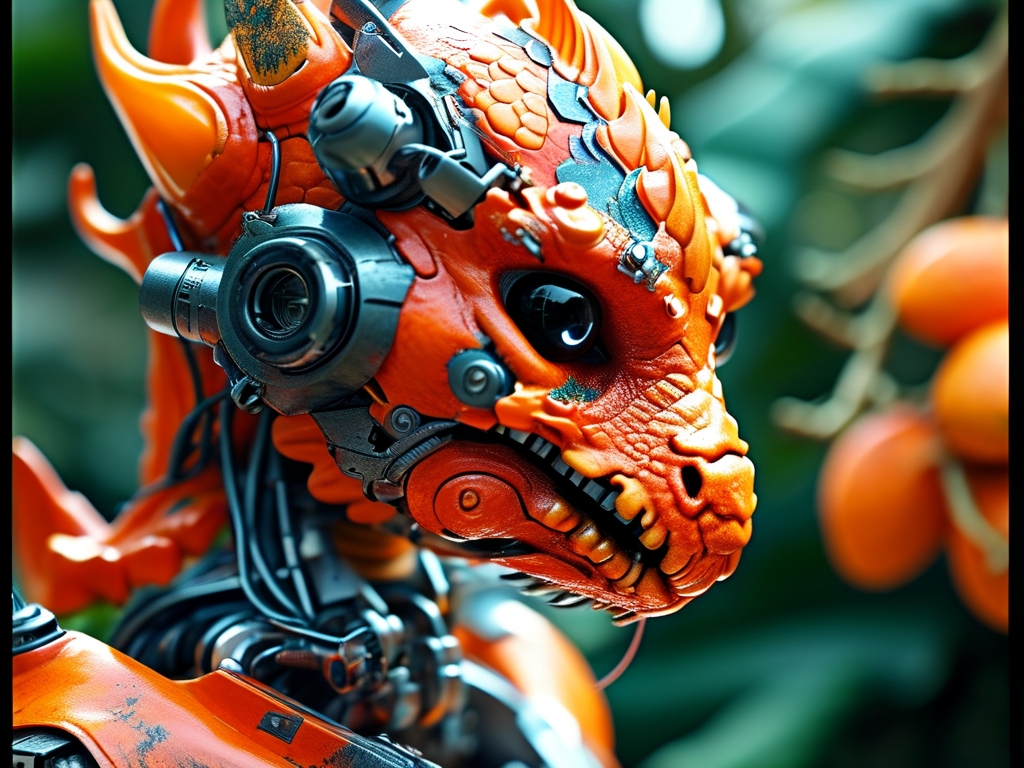The XiaoXie Robot, a cutting-edge innovation in automation and artificial intelligence, represents a milestone in modern robotics. Designed to address complex tasks across industries—from manufacturing to healthcare—its technical architecture combines advanced hardware engineering, machine learning algorithms, and adaptive control systems. This article explores the core principles behind XiaoXie Robot's functionality, shedding light on how it achieves precision, autonomy, and scalability.

1. Hardware Architecture
At the heart of XiaoXie Robot lies a meticulously engineered hardware framework. Its modular design includes:
- Sensors: Equipped with LiDAR, depth cameras, and inertial measurement units (IMUs), the robot gathers real-time environmental data. These sensors enable obstacle detection, spatial mapping, and motion stabilization.
- Actuators: High-torque servo motors and precision gears facilitate smooth locomotion and manipulation of objects. For example, its gripper mechanism employs force feedback to handle fragile items without damage.
- Computational Core: A multi-core processor integrates edge computing capabilities, allowing rapid data processing without relying entirely on cloud systems. This reduces latency during critical operations.
2. Software Ecosystem
XiaoXie’s software stack operates on a hybrid AI model, blending rule-based programming with deep learning:
- Operating System: A customized ROS (Robot Operating System) variant manages hardware-software communication, ensuring seamless coordination between sensors and actuators.
- Machine Learning Algorithms: Reinforcement learning enables the robot to optimize tasks like path planning. For instance, in warehouse logistics, XiaoXie dynamically adjusts routes based on changing inventory layouts.
- Human-Robot Interaction (HRI): Natural language processing (NLP) modules allow voice commands, while computer vision interprets gestures for collaborative workflows.
3. Core Technologies
a. Simultaneous Localization and Mapping (SLAM)
XiaoXie employs SLAM algorithms to navigate unstructured environments. By fusing LiDAR scans with visual data, it constructs 3D maps in real time. This technology is critical for applications like disaster rescue, where pre-existing maps are unavailable.
b. Adaptive Control Systems
The robot’s control system uses PID (Proportional-Integral-Derivative) controllers with AI-driven parameter tuning. For example, when lifting uneven loads, it recalibrates motor torque instantaneously to maintain balance.
c. Edge-Cloud Synergy
While edge computing handles urgent tasks (e.g., collision avoidance), non-time-sensitive data (e.g., performance analytics) is uploaded to the cloud. This hybrid approach balances speed and scalability.
4. Applications Across Industries
- Manufacturing: XiaoXie assembles microelectronics with sub-millimeter precision, reducing human error.
- Healthcare: In surgical suites, it assists doctors by handing instruments autonomously, sterilized via UV-C modules.
- Agriculture: Equipped with multispectral cameras, it monitors crop health and applies pesticides selectively, minimizing environmental impact.
5. Challenges and Innovations
Despite its advancements, XiaoXie faces challenges like energy efficiency and ethical AI governance. Recent breakthroughs include:
- Energy Recovery Systems: Kinetic energy from braking motions is converted to recharge batteries.
- Explainable AI (XAI): Transparent decision-making algorithms build trust in sensitive sectors like defense.
6. Future Prospects
Emerging trends such as 5G connectivity and quantum computing integration promise to elevate XiaoXie’s capabilities. Researchers are also exploring swarm robotics, where multiple XiaoXie units collaborate for large-scale tasks like urban infrastructure inspection.
The XiaoXie Robot exemplifies the convergence of mechanics, AI, and human-centric design. By continuously refining its technological principles—from sensor fusion to ethical AI—it paves the way for a future where robots seamlessly augment human endeavors. As industries adopt such innovations, the boundary between human and machine capabilities will increasingly blur, redefining productivity and creativity.


